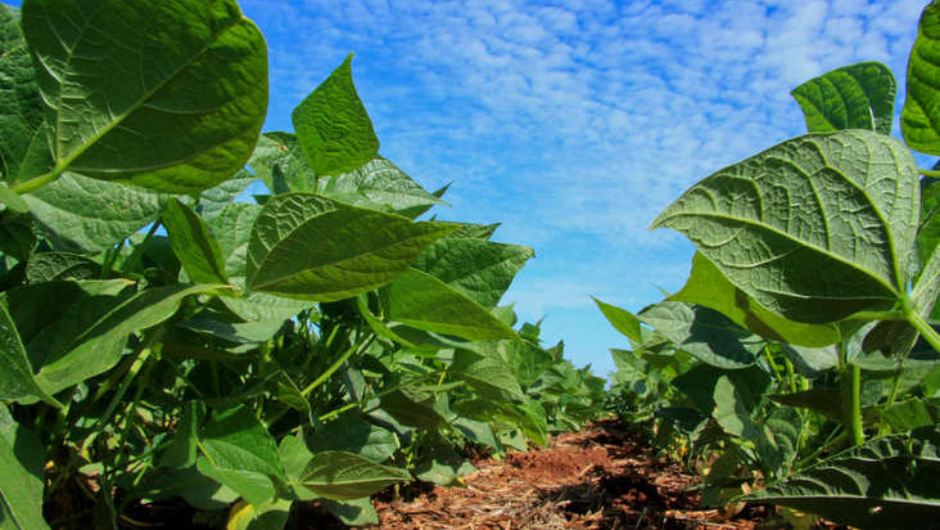Project evaluates levels of carbon accumulation in productive areas of the Cerrado of Bahia
The initiative is in the soil collection and sampling phase, and already includes 15 rural properties

The area of the second bean harvest in Paraná in the 2023/2024 cycle reached a new record for the season. The estimate was revised in March to 391,4 thousand hectares, 12% higher than the projection in February, of 348 thousand hectares, and 33% greater than the area sown in the 2022/2023 cycle, of 295 thousand. The information is in the Subjective Harvest Forecast (PSS) released today. The report is produced by technicians from the Department of Rural Economy (Deral), the Secretariat of Agriculture and Supply (Seab).
According to Deral, the increase in area consolidates the preference for planting in summer over planting in spring, when agronomically the plant would be able to respond better, but ends up being replaced by soybeans. “If weather conditions continue to help, bean production in the second harvest in Paraná could reach 777 thousand tons, although there are risks until this production is confirmed”, explains Deral agronomist Carlos Hugo Godinho.
Another highlight of this month's report is the first estimate for winter crops in the 23/24 harvest, and Deral projects a retraction in planting intentions. The increase in the area dedicated to the second grain harvest limited the possibility of planting from April onwards, as many areas will be occupied by beans and corn during the wheat sowing period.
The area is estimated at 1,17 million hectares of wheat, 17% lower than the 1,41 seeded in 2023. Canola, rye, barley e triticale they must also occupy a smaller area. In addition to the advance of the second harvest, this reduction is also explained by the lower profitability expected by producers compared to previous years and the discouragement caused by the frustration of the 2023 harvest.
With the start of the winter harvest, it is possible to estimate a total grain production of 41 million tons in Paraná. “This volume is already 10% lower than that collected in 22/23”, adds the head of Deral, Marcelo Garrido.
Soybean - Deral's monthly report for March 2024 also reviewed the soybean area. It is expected that, at the end of the harvest, Paraná will harvest 18,3 million tons from 5,77 million hectares. This volume is 3,5 million tons lower than the initial expectation for the harvest, which was 21,8 million tons. The percentage loss in the field reaches 16%.
“This week the harvest reached 87% of the area and weather conditions, in general, are favorable for progress in the coming days”, says Deral analyst Edmar Gervásio. According to him, prices have remained stable over the last three months, with a 60kg bag being sold between R$103,00 and R$110,00.
Corn - the harvest of the first corn crop 23/24 reached 91% of the 297 thousand hectares planted in this harvest. Expected production is 2,5 million tons, with an estimated loss in the field of 418 thousand tons or 14% less than the initial production expectation.
The planting of the second corn crop reached 99% of the 2,4 million hectares expected in this harvest. The production expectation for the harvest is 14,2 million tons. “Production was revised downwards, as climatic factors such as intense heat and irregular rains affected the development of corn and with this it is now possible to point out a smaller harvest than initially expected”, explains Gervásio.
Deral also released the Agricultural Situation Bulletin today. In addition to analyzing grain production, the bulletin provides information on tomato production. The numbers show that crops from the first harvest, whose planting began in August 2023, have 91% of the 2,4 hectares harvested.
According to agronomist Paulo Andrade, the estimated production of 138,5 thousand tons is 10,1% lower than the 154,1 thousand projected at sowing. Excessive rain at the beginning of spring and pockets of intense heat since the beginning of the planting cycle contributed to this drop, affecting the quality of the final product and the volatility of prices charged.

Receive the latest agriculture news by email